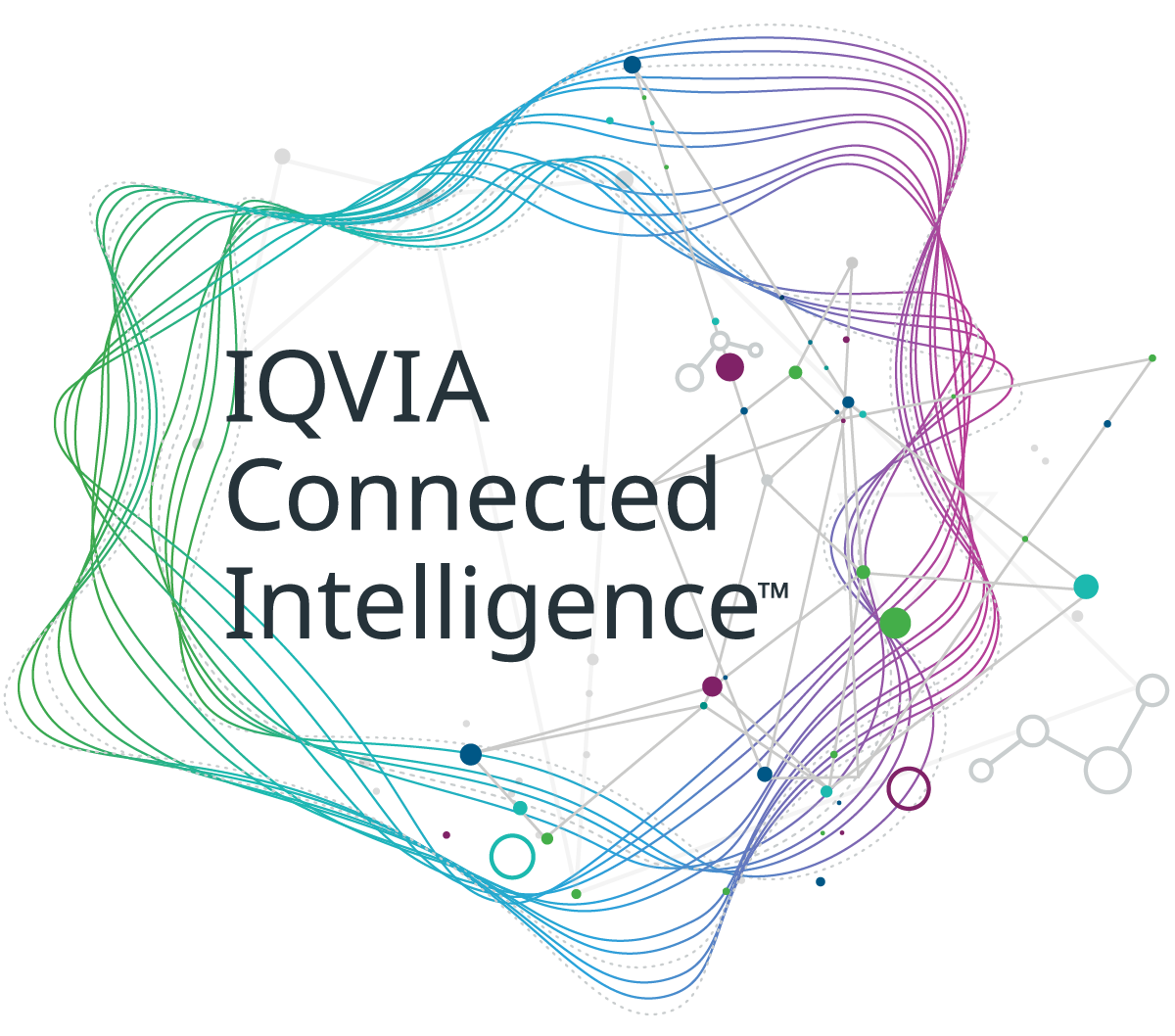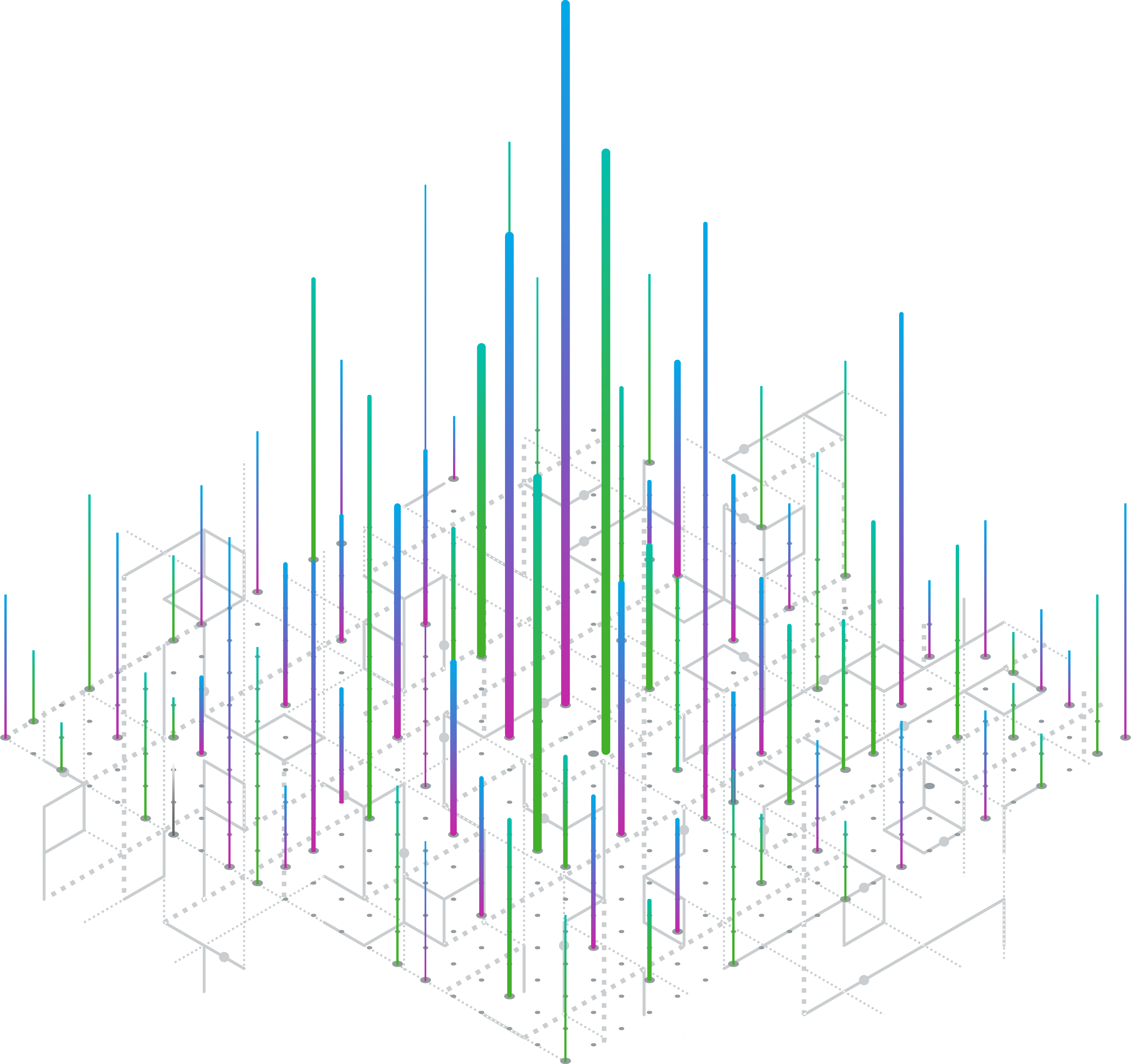Secure your platforms and products to drive insights from AI and accelerate healthcare transformation
As artificial intelligence (AI) reshapes health and wellness industries, organizations face the challenge of leveraging its potential while enhancing credibility and building defensible AI. Recent regulations, like the European Union’s Artificial Intelligence Act (EU AI Act), and emerging guidance from the U.S. Food and Drug Administration (FDA) on the use of AI, underscore the need for responsible and trustworthy AI.
These regulatory measures address concerns such as AI misuse and biased decision-making, which could erode confidence in AI and undermine innovation in critical areas like healthcare and wellness. To navigate this landscape, a structured approach to recognizing and enhancing AI credibility is needed. By integrating international frameworks with industry best practices, organizations can create AI systems that are both impactful and responsible.
When Using AI Challenges Credibility
The complexity of AI requires a nuanced understanding of its impacts, beginning with defining specific questions AI is designed to address. The OECD Classification of AI Systems provides a foundation for evaluating AI credibility, emphasizing human-centered design, ethical use of data, and alignment with societal values. Focusing on dimensions like human impact, economic context, and data integrity, organizations can identify potential risks and opportunities to enhance trust in AI systems.
The OECD framework emphasizes an understanding of data origin, quality, and collection methods so that data is fit for use—reliable, representative, and relevant—so that we avoid bias and unintended consequences. We are especially interested in understanding how the use of AI matches its intended purpose, defining the context of use.
By viewing AI through the OECD classification system, organizations gain a holistic perspective on the credibility and opportunities tied to their systems, which provides a framework for evaluating the potential risks of using AI in the first place. It provides the basis for identifying risks and defining appropriate safeguards, which can inform risk-tiering strategies. The OECD framework can also inform risk tiering decisions by evaluating societal impact and operational criticality.
Enhancing Credibility Across the AI Lifecycle
While the OECD Classification of AI Systems provides the “what” of AI risk, the NIST AI Risk Management Framework (AI RMF) offers a roadmap for the “how.” This lifecycle-based framework, building on top of the OECD classification, embeds risk management at every stage of AI, from concept to operation.
The NIST framework adds depth to AI credibility by integrating proactive risk management into the AI lifecycle. While complementary to The OECD classification, NIST extends the concepts by focusing on mapping risks to operational contexts, measuring impacts, and establishing adaptive management practices. This ensures the AI systems remain aligned with organizational goals and are robust to evolving challenges. It supports continuous validation and oversight to address challenges like model drift and evolving deployment contexts.
By following this lifecycle, organizations can evaluate credibility at different stages of development and deployment of an AI system, documenting findings in assessment reports, ensuring alignment with intended goals. This transforms theoretical risk management into actionable, repeatable processes, and we can capture this in an assessment of overall risk.
A Simplified View for AI Credibility and Risk Tiering
Managing AI considerations across the entire lifecycle can feel daunting, however, particularly when navigating comprehensive frameworks like the NIST AI RMF. The complexity of these frameworks raises concerns about their practical implementation, especially for organizations with limited resources or expertise. To address this challenge, organizations can adopt a risk-tiering approach, focusing efforts where they are most needed.
By classifying AI into tiers based on their potential impact and associated risks, risk-tiering ensures a transparent, objective, and repeatable approach to prioritizing risk management, where model influence and decision consequence guide oversight levels. This ensures that high-stakes systems, such as those guiding clinical decisions, receive the rigorous oversight they require, while lower-risk systems, like wellness apps, benefit from streamlined processes.

Drawing from practices in financial model risk management, organizations can classify AI systems into risk tiers calibrated for practicality, ensuring tier assignments align with observed risk distributions and organizational priorities. This allows for different levels of monitoring and management to build and maintain credibility. Risk tiering therefore provides credibility for all systems by focusing on inherent risk, which reflects the potential adverse consequences of AI use without circular dependencies on governance mechanisms.
The point is that different AI systems warrant different levels of scrutiny, with expert judgment and heuristics playing a vital role in adapting risk-tiering frameworks to organizational contexts. Decision trees and scorecards streamline decision-making, reduce false precision, and stabilize risk-tier assignments. And a deeper dive into the elements of assessment provide the justification for controls required by regulators.
Governance as the Backbone of AI Credibility
Governance establishes the foundation for secure, ethical and credible AI, supported by adaptive risk-tiering tools and clearly defined responsibilities. By integrating the principles of a quality management system to AI with risk tiering, threat analysis, and model validation, organizations can establish scalable oversight tailored to the inherent risks of each AI application.
ISO/IEC 42001 AI Management System offers this kind of structured framework that aligns governance with organizational goals by emphasizing clear purpose definition to identify risks, proactive threat analysis to tailor oversight based on system risk, and continuous monitoring to ensure accountability and adaptability through the AI lifecycle. The principles of ISO/IEC 42001 can therefore be leveraged with risk-tiering and lifecycle validation so that organizations can establish scalable governance tailored to the inherent risks of each application.
This structured approach to governance ensures that AI systems align with regulations, enhancing their credibility and building long-term trust with users and interested parties. An AI credibility assessment emphasizes tiered risk management by assigning resources and oversight proportional to risk levels, validation and testing to ensure AI systems perform as intended across their lifecycle, and transparency practices by implementing clear documentation and accountability measures.
Toward a Credible AI Ecosystem
The path to trustworthy AI lies in integrating frameworks, tools, and practices into a cohesive risk management strategy. By aligning the OECD and NIST frameworks with governance standards like ISO/IEC 42001, organizations can address the multifaceted risks of AI while unlocking its potential.
A credibility assessment is a commitment to innovation that benefits society. By taking a proactive approach to AI risk, organizations can lead with confidence, building alignment with interested parties on goals and objectives for effective AI. This approach—of risk-tiering, lifecycle management, and governance—transforms abstract frameworks into actionable strategies, building confidence in AI’s role in health and wellness innovation.
References
https://commission.europa.eu/news/ai-act-enters-force-2024-08-01_en
https://www.nist.gov/itl/ai-risk-management-framework
https://www.iqvia.com/blogs/2024/10/a-blueprint-for-defensible-aiRelated Solutions
Insights are trapped in mountains of text. NLP sets them free.
Modern solutions to codify health information
Turn disparate health information into usable data at scale
Get a Statistical, evidence-based approach to Privacy protection and turn your most sensitive health information into a powerful asset.


























